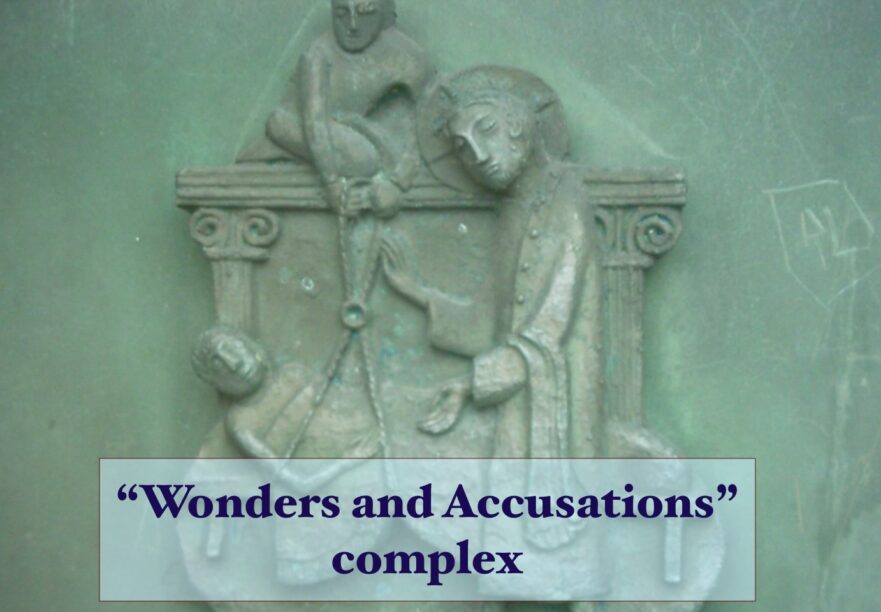A collection of stories about Jesus’ healing power and the controversy it provoked.
The Sin Against the Spirit: Matt. 12:31-32; Mark 3:28-29; Luke 12:10

Jesus’ saying about the sin against the Holy Spirit belongs to developing Jewish ideas regarding the gradation of sin and punishment. It also reflects his high self-awareness.
The Social Jesus: Beyond an Individualist Reading of the Capernaum Synagogue Incident
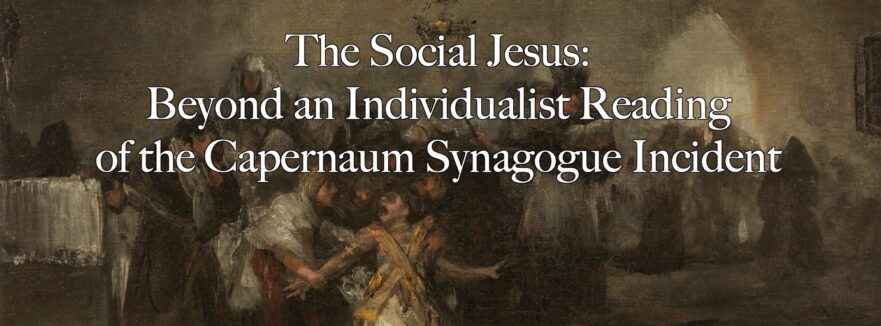
In the social reading of the Capernaum Synagogue incident Jesus restores the tattered fabric of the community, exchanging the way things were for a newer and better way.
Teaching in Kefar Nahum
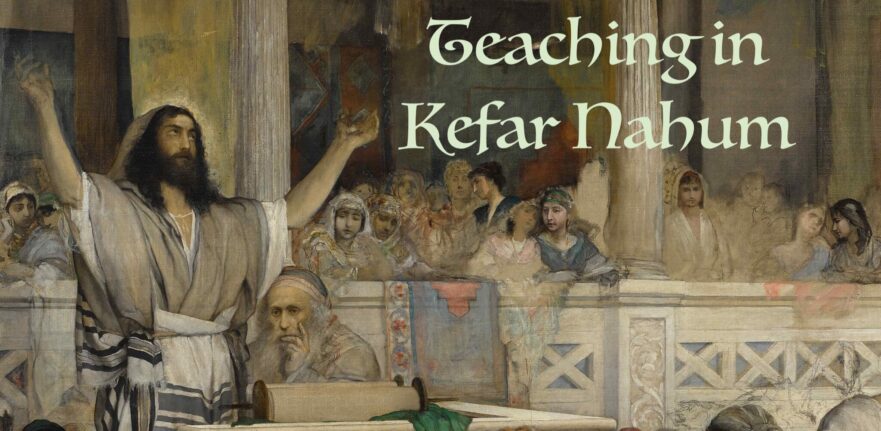
A clash between entrenched demonic powers and one proclaiming the Kingdom of Heaven.
Possessed Man in Girgashite Territory
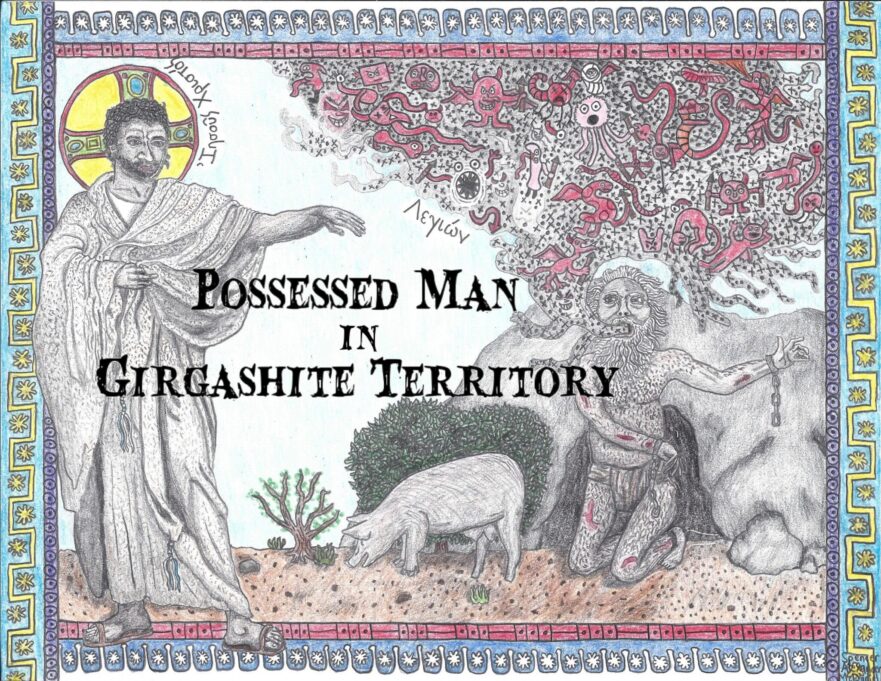
Holiness and purity play a hidden role in the story commonly known as the Gerasene Demoniac.
Like Children Complaining
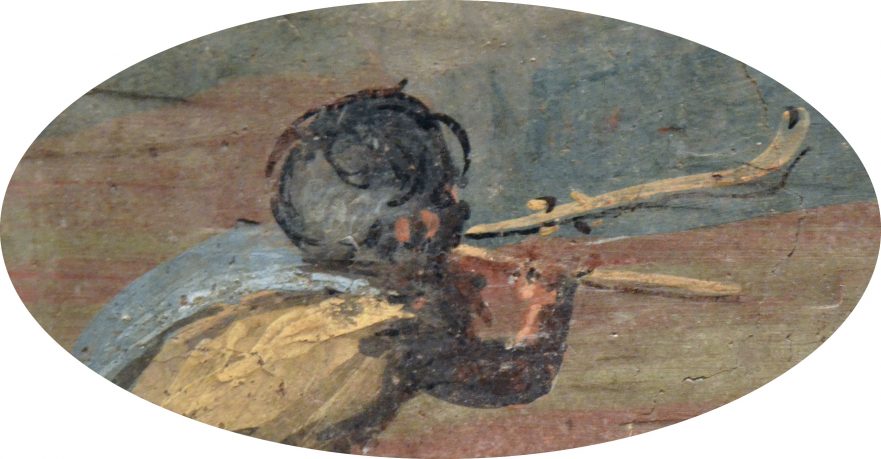
Were Jesus and John the Baptist like children who played a dance and a dirge? Or was Jesus’ generation one that complained like whining children about the prophets who came to warn it?
Return of the Twelve
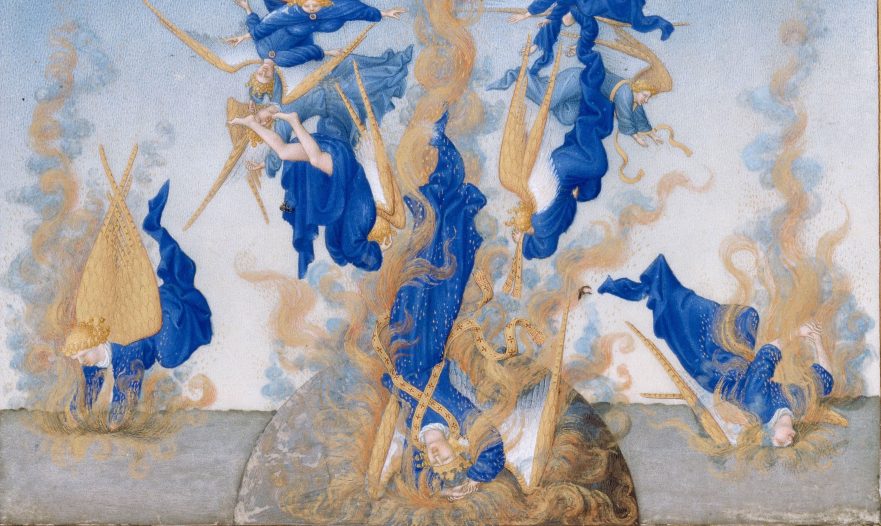
When Jesus’ twelve emissaries to Israel returned from their mission, thrilled by their success at exorcising demons, Jesus described to them a vision of the expulsion of Satan from heaven. The vision’s message was double-edged: on the one hand, the downfall of the angelic prince meant that the way was opened for the redemption of Israel; on the other hand, having fallen to earth, Satan was about to unleash his fury against God’s chosen people.
Jesus and a Canaanite Woman
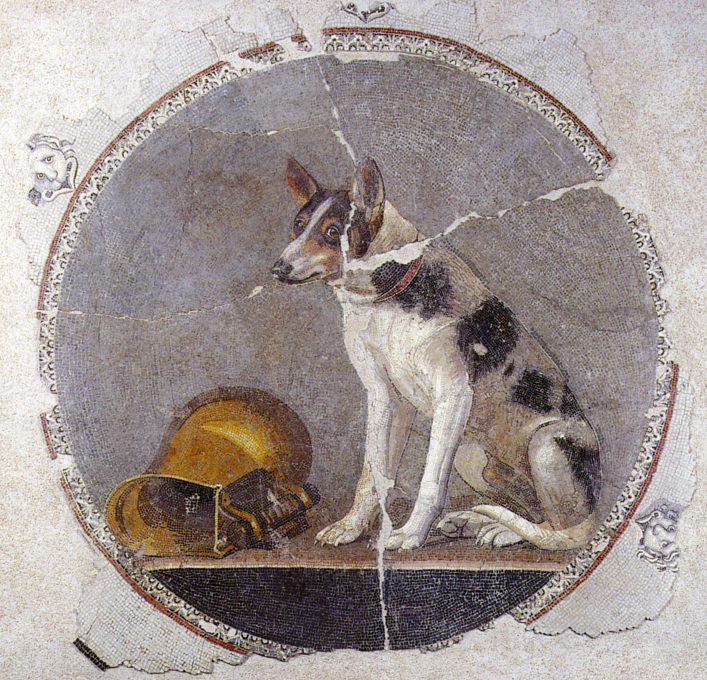
Does the story of a Canaanite woman’s encounter with Jesus, which is found in the Gospels of Mark and Matthew, show indications of having descended from a Hebrew source? Why did the author of Luke fail to include this story? Explore these questions and more in “Jesus and a Canaanite Woman.”
Sending the Twelve: Commissioning
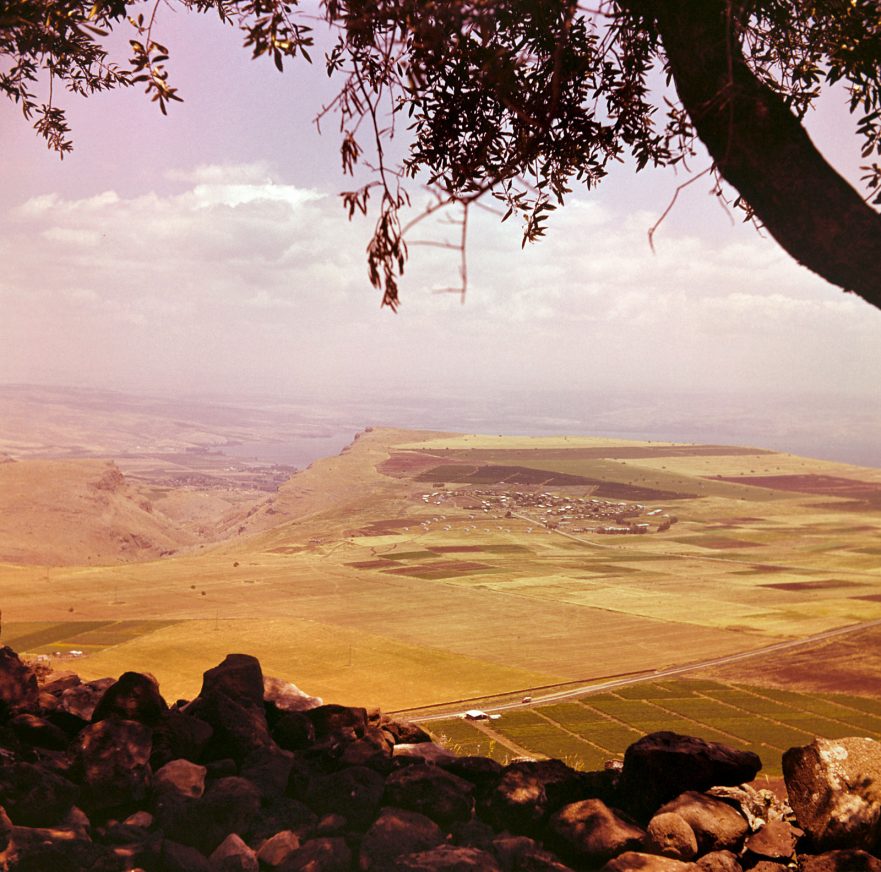
Yeshua summoned his twelve emissaries to Israel and he gave them power to drive out dangerous spirits and to heal every disease and sickness those spirits had caused. Then he sent them on ahead in pairs to every city he intended to visit.
Shimon’s Mother-in-law
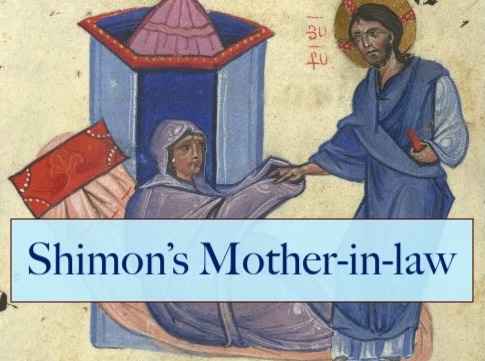
Shimon’s Mother-in-law, a tender story of familial intimacy, offers a unique glimpse of Jesus’ compassion.
Gergesa, Gerasa, or Gadara? Where Did Jesus’ Miracle Occur?

Christian tradition, at least since the fourth century, has identified Kursi-Gergesa with the miracle of the swine. But can this tradition be trusted? An Israeli geographer-historian gives us his answer.
Gergesa: Site of the Demoniac’s Healing

The recent discovery of many of the ancient harbors that ringed the Sea of Galilee is an exciting chapter in Sea of Galilee research. One of these harbors is located at Kursi, ancient Gergesa. In this article, Mendel Nun contends that the demoniac’s healing and the miracle of the swine took place at Gergesa, not Gadara or Gerasa.
Jesus and the Hasidim

How do we define Jesus within first-century Jewish society? To which of the various Jewish sects does he belong? Was he a Pharisee, an Essene? After years of painstaking research, Shmuel Safrai has identified a new stream within the Judaism of Jesus’ time: the Hasidic movement. This may be a major breakthrough in New Testament studies, as well, because the picture Safrai paints of the Hasidim is amazingly similar to what we know about Jesus. Jesus, who was quite close to the Hasidim and perhaps even involved with some of them, does not reflect Galilean boorishness or ignorance, but rather the dynamism and ongoing creativity of Jewish life in Galilee.

